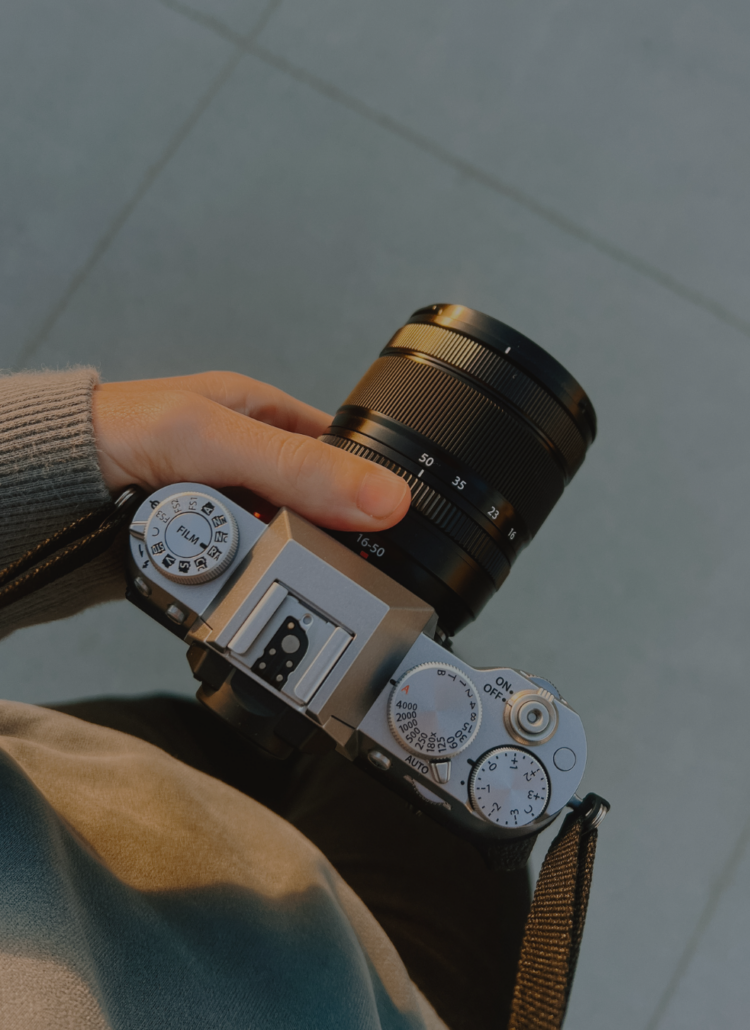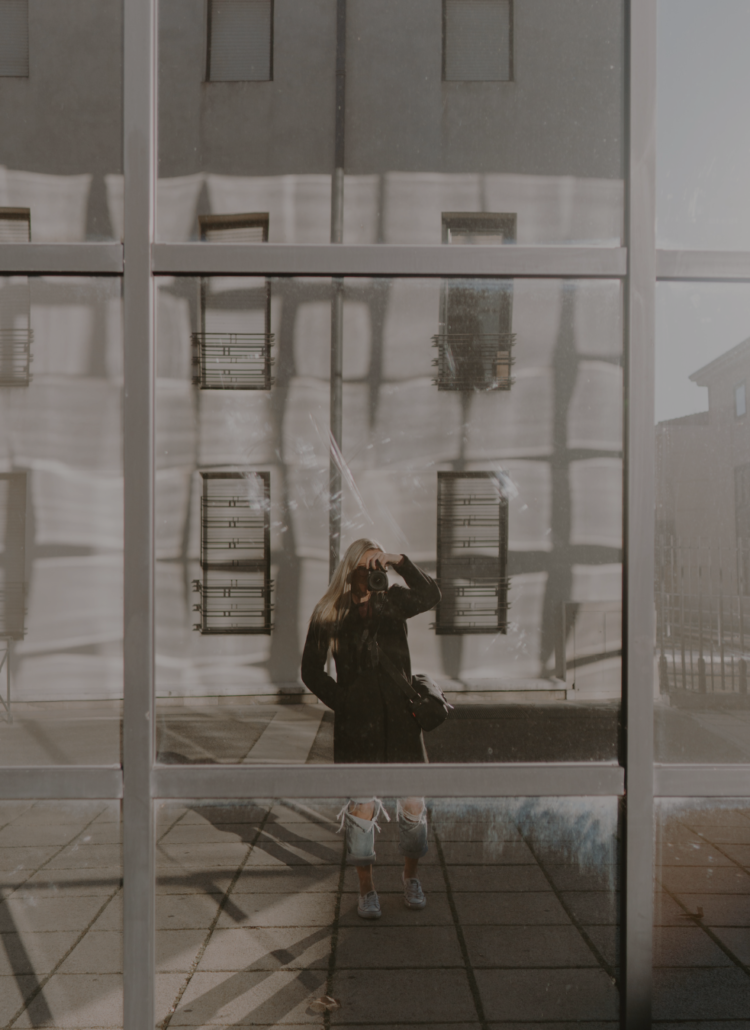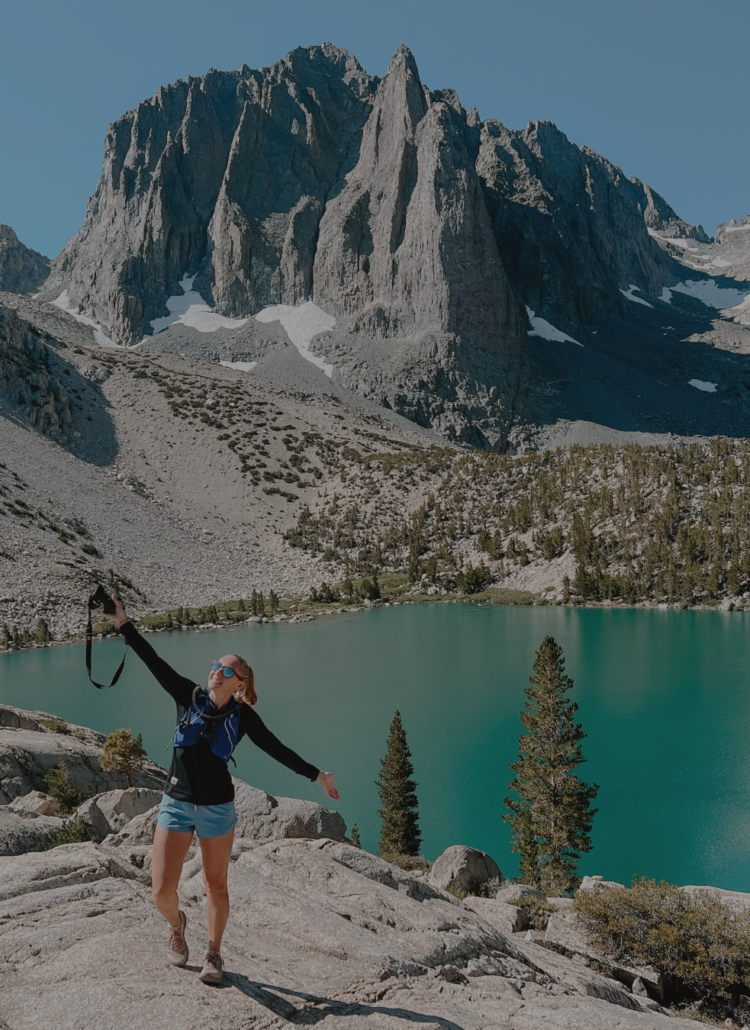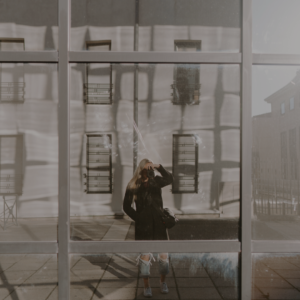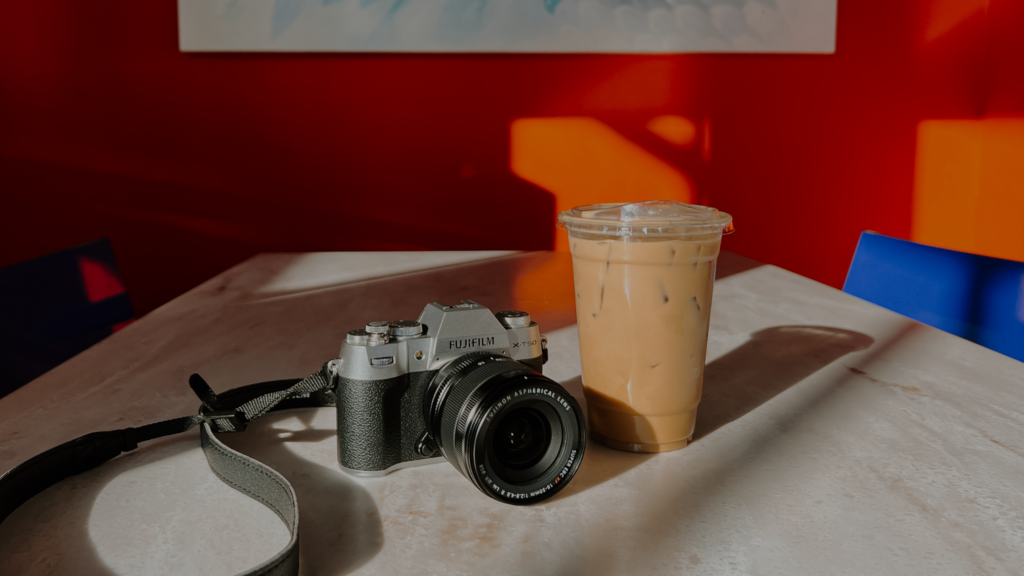
Are you considering getting a Fujifilm XT50? I’ve been there myself.
In this post, I’m sharing the journey that led me to get a Fujifilm X-T50 camera—which started with a little curiosity about film photography when I lived in France, and the eventual discovery of Fujifilm’s unique X-series cameras.
Here you’ll find a breakdown of the key features I was looking for, how I decided which cameras to look into, and how I chose between the Fujifilm X-T50 and X-T5. If you’re considering one of these Fujifilm cameras, this post might help you decide on which camera is right for you.
What sparked my interest?
While living in France, I developed an interest in film photography but never took the plunge. I suspect moving from the fast pace of California to the slower, more intentional rhythm of the South of France sparked this curiosity.
Life in France felt slower, purposeful, and rich in detail. But it was also more challenging, limiting, and at times, difficult.
In many ways, this contrast reminds me of the difference between digital and film photography.
The U.S. felt digital—fast, efficient, and instantaneous. France, on the other hand, felt analog—slower, more deliberate, and requiring patience.
Captivated by my interest, I spent hours researching film cameras. I wandered through street markets and specialty shops, eager to hold different models in my hands. My favorite stop was the antique market in Nice, France on Mondays.

But every time I considered making a purchase, I hesitated. I loved the idea of film photography but wasn’t ready for the reality of it.
I realized that while film cameras can be found at reasonable prices, the ongoing costs add up quickly. Buying rolls of film, paying for development, and navigating the steep learning curve—it all seemed overwhelming. Each mistake would cost money. And then there was my biggest issue…
I’m notoriously shutter-happy. I take a lot of pictures. I love having the freedom of a memory card with nearly unlimited storage and seeing my images instantly. While I know film could help me become more intentional, I couldn’t shake the hesitation.
So, I let go of the dream of owning a film camera—at least for now.
Discovering Fujifilm
Then, I stumbled upon Fujifilm’s X-series cameras. What caught my attention? Their film simulations, which are built-in profiles that replicate the look of classic film stocks.
A potential happy medium?
Still, I hesitated. New gear is expensive, and I couldn’t justify the investment.
A little less than a year after moving back to the U.S., my dad gifted me a Fujifilm Instax Mini Evo for my birthday.
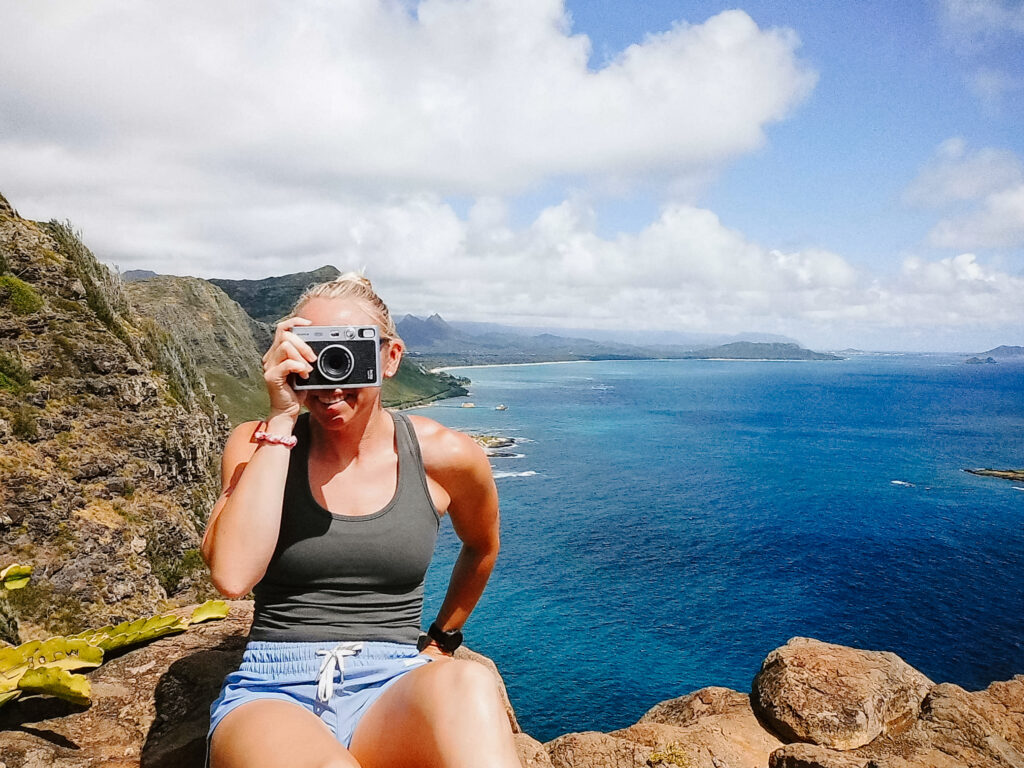
That camera pulled me out of a serious photography slump and completely reignited my desire to get my hands on a Fujifilm digital camera.
Recommended read: Fujifilm Instax Mini Evo: the camera that got me out of a funk
Choosing which Fujifilm camera to get
If you’re on social media, you’ve likely seen a lot of buzz about Fujifilm’s X100 series. These cameras are a cult favorite for good reason.
Like many others, I wanted an X100VI but they’re nearly impossible to find at retail price. And the ones available? Sold at way over market value.
On top of that, the X100VI has a fixed 35mm-equivalent lens. While I have used a 35mm lens on my Canon 5D back in the day, I never loved it. Did I want to be locked into that focal length? Not really.
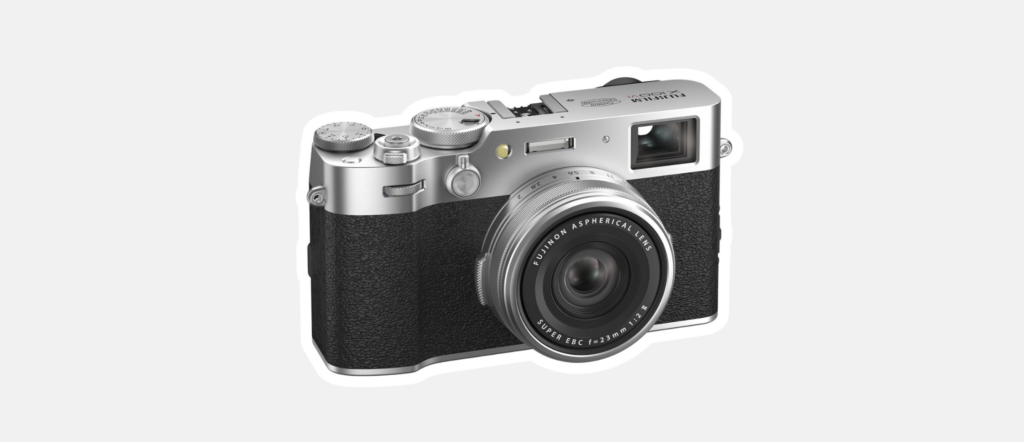
What I was looking for in my Fujifilm
- A portable lightweight fun camera
- Interchangeable lens (not a fixed lens)
- Fujifilm’s film simulations
- Ability to send photos directly to devices from my camera
As usual, I dove deep into “research mode”.
There are so many great cameras I could have chosen. But because I wasn’t a complete newbie, I decided on something a little more advanced. I also wanted more megapixels than my Sony (> 26 MP).
Eventually, I narrowed my options down to the X-T50 and X-T5. A common dilemma for many.
I discovered that the XT50 is a great alternative to the X100VI. Which is what I was looking for at first. I stumbled upon this YouTube video by BrayGray covering this topic and it helped convince me to look further into it despite seeing a lot of negative talk about it.
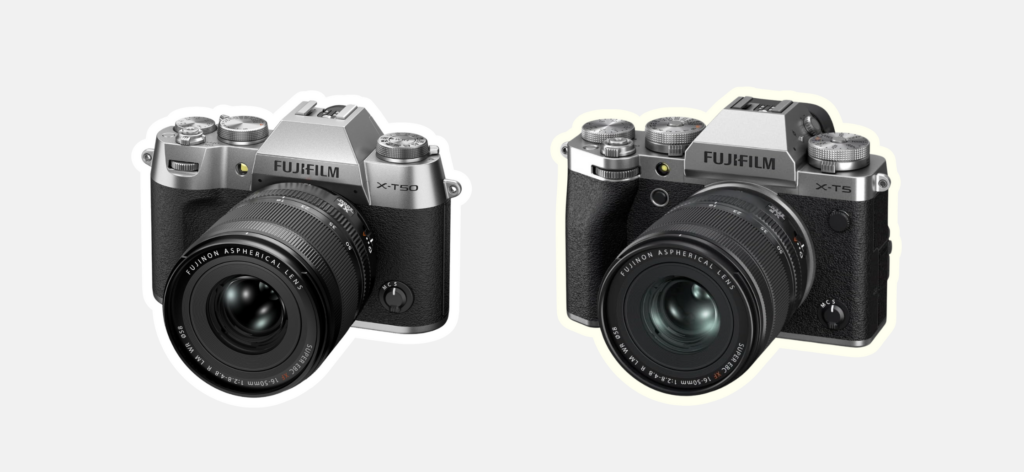
On paper, both cameras are very similar, but the X-T5 has additional features.
Some things the XT50 and XT5 have in common
- Same sensor (APS-C)
- Same megapixels (40 MP)
- Same video capabilities (though I don’t use video)
- Same film simulations (21 options)
- Same Bluetooth connectivity (for easy photo transfers)
- Same lens mount (interchangeable lenses)
- Same in-body stabilization (7 stops of IBIS)
How the Fujifilm X-T5 differed
- Slightly larger body
- Dual memory card slots
- Weather sealing
- Different LCD tilting mechanism
- ISO dial vs. film simulation dial
- No built-in flash
- Better battery life
- Higher price tag
Want to read more details about their similarities and differences? You can find the Fujifilm X-T50 on Amazon here and the XT5 on Amazon here.
How I decided between Fujifilm’s X-T50 and X-T5
When it came down to choosing, I used my experiences to figure out what really mattered. Here’s how I broke it all down and ended up picking the one that I believed would work for me.
1. Does Size Matter?
Absolutely. I prefer a lightweight camera over a bulky powerhouse. Having a portable setup made all the difference in my ability to document my travels and life experiences.
Long ago, when I used a Canon 5D, I never took it out for casual use. It was too big. Even though the X-T5 is only slightly larger than the X-T50, that small difference mattered to me.
For my needs: X-T50 > X-T5
2. Do I Need a Built-in Flash?
The X-T50 has a built-in flash, while the X-T5 does not. Since I prefer to travel light, I rarely carry external flashes. Over the years, I’ve missed shots because my Sony camera didn’t have a built-in flash.
For my needs: X-T50 > X-T5
3. Do I Need Dual Memory Card Slots?
Nope. While this feature is great for professionals (especially wedding photographers who need backups), I’ve never used dual slots in my 10+ years of photography. Knock on wood, I’ve never had a card failure.
For my needs: X-T50 > X-T5
4. Do I Need Weather Sealing?
Yes. I take my camera on rugged adventures—multi-day trail runs through the Alps, dog sledding in Jackson Hole, off-roading in Hawaii. Rain, humidity, snow… you name it.
Unfortunately, the XT50 is NOT weather-sealed, while the XT5 is. This was my one hesitation with the XT50. I read through countless forums to see how others managed, and many non-weather-sealed Fujifilm cameras have held up fine in rough conditions. I ultimately decided to take the risk.
For my needs: X-T5 > X-T50
Why I chose the Fujifilm X-T50
After plenty of research, the X-T50 checked all my boxes. It has a 40MP sensor (more than enough for me), Bluetooth, interchangeable lenses, and a sleek design—all topped off with Fujifilm’s film simulations.
I went with the XF16-50mm F2.8-4.8 R LM WR lens as my all-purpose lens. I’ve been using prime lenses on my Sony, so I wanted a change, plus a weather-resistant lens since the XT50 isn’t sealed. I’m all about investing in quality lenses—they make a big difference and will be worth it if I upgrade down the line.
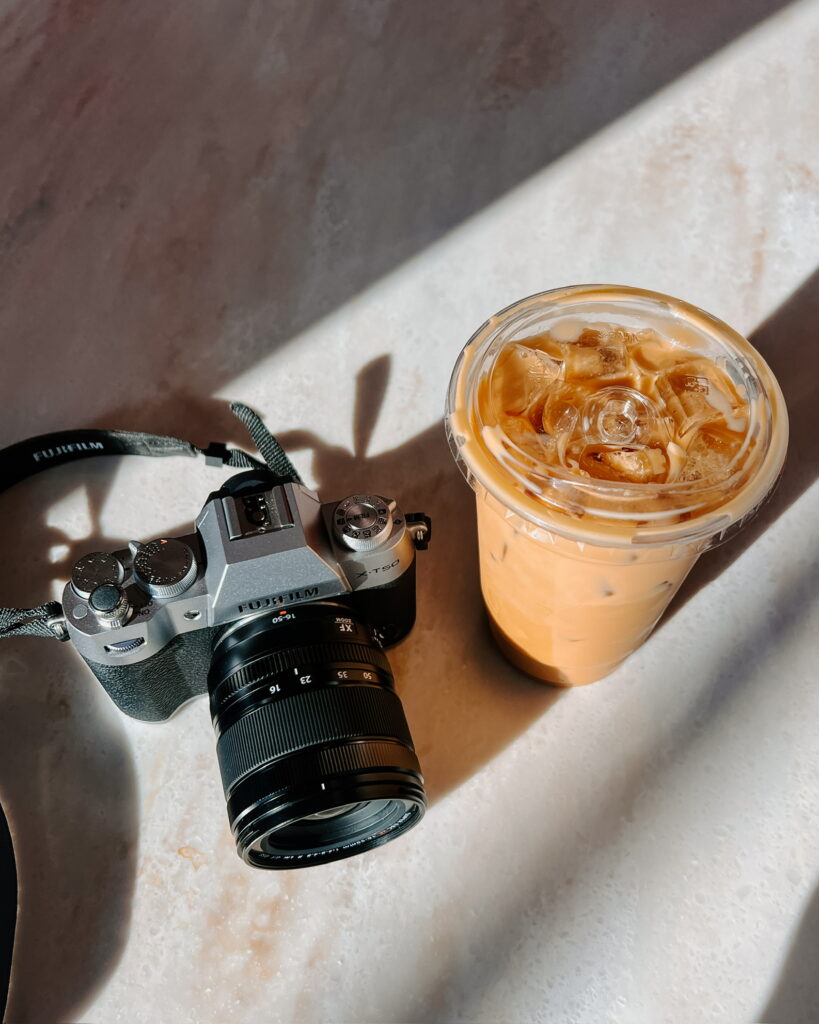
If I were a professional photographer, I might have chosen the X-T5 or even upgraded my Sony, but for me, this camera is all about documenting my life, travels, and street photography. I wanted something fun, portable, and easy to use.
Recommended read: Fujifilm X-T50: My First Impressions and Initial Experience
Closing Remarks
In the end, choosing the right Fujifilm camera came down to understanding what worked best for my needs. After considering everything from size to features, the X-T50 ended up being the perfect fit for my adventures and everyday shooting.
It’s not always about having the “best” camera—it’s about having the one that suits you. Whether you’re considering Fujifilm or just looking for your next camera, I hope sharing this helps you make a decision that feels just right for you!
